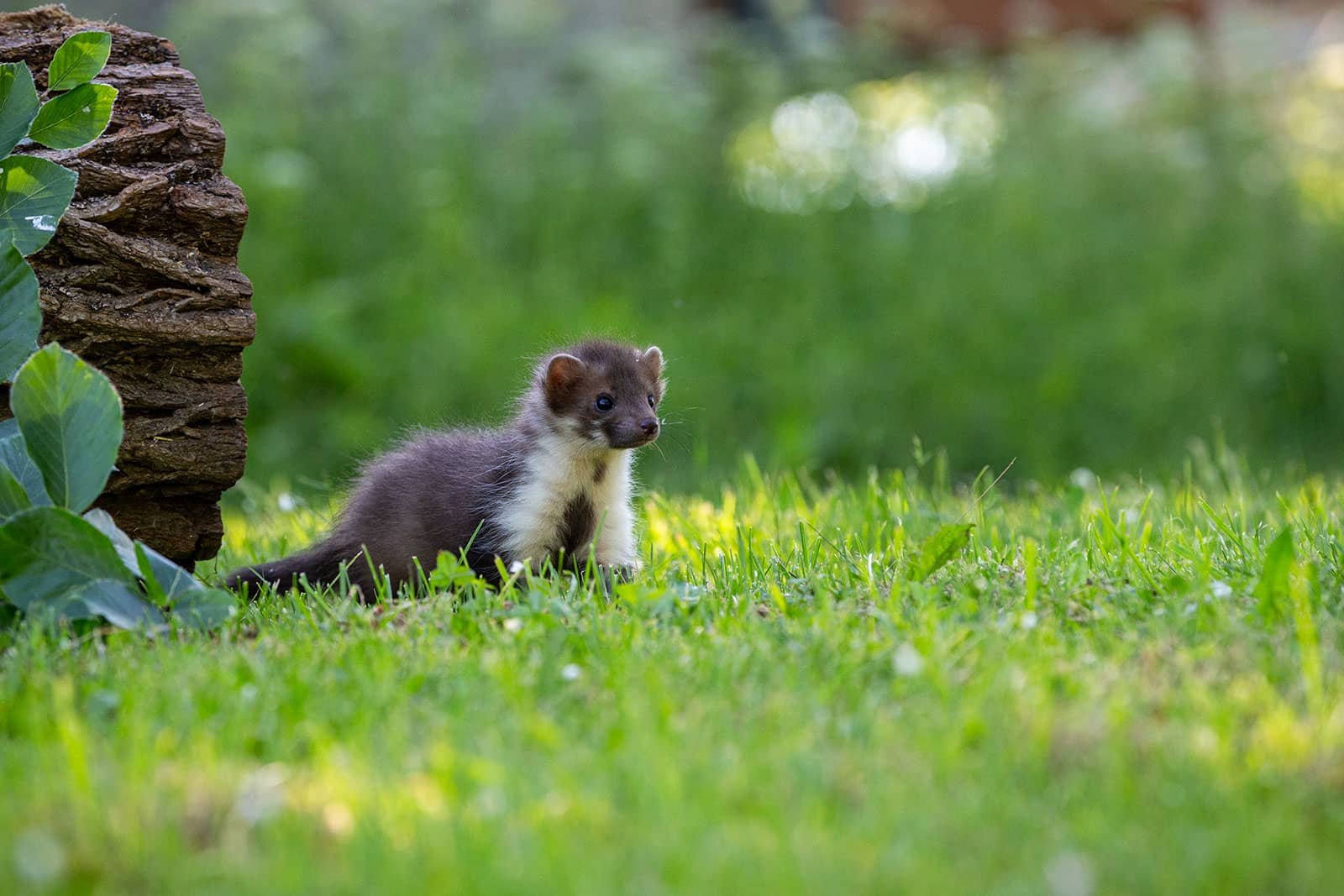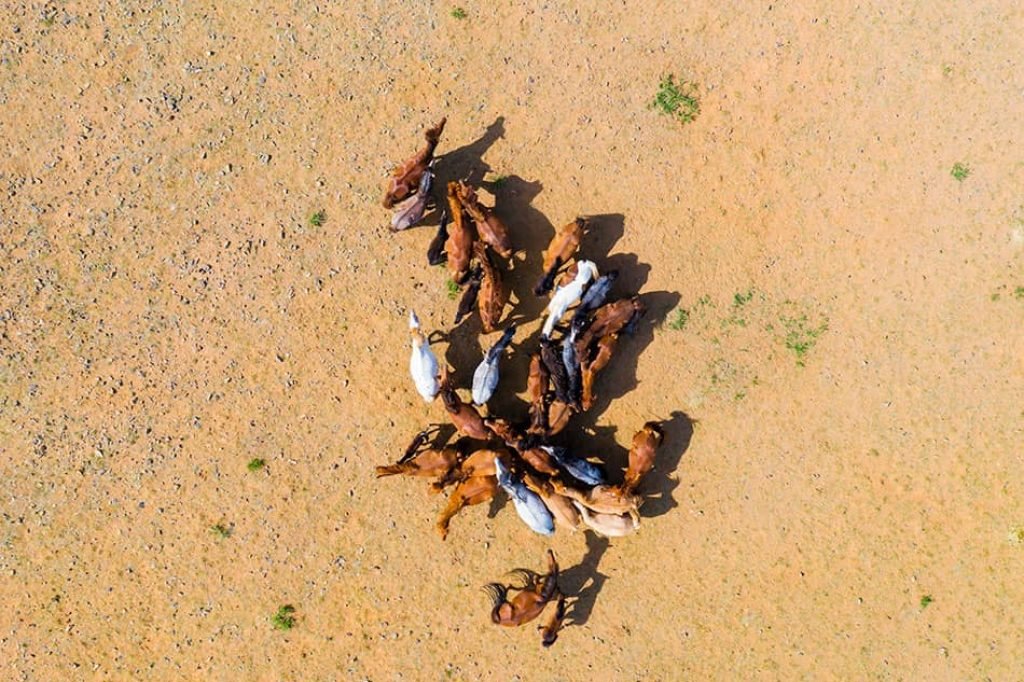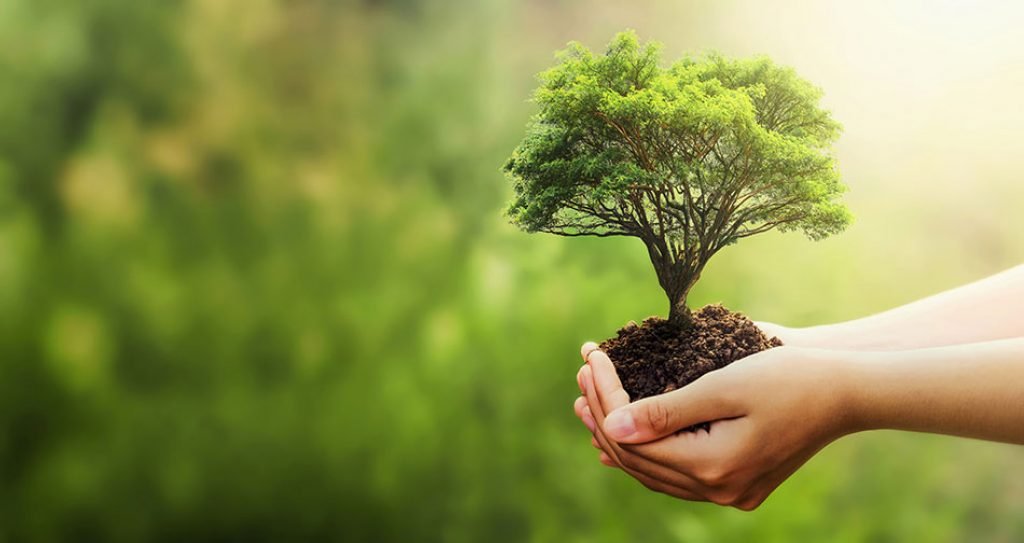
Drones and wildlife have had more interceptions in recent years. They can be used for a variety of tasks, such as monitoring crops or wildlife, mapping terrain, or delivering supplies. Drones have revolutionized the way that information is gathered and shared, making it easier for people to access the information they need.
Drones are popular for aerial photography and videography, but some people worry that they could harm or disturb wildlife. There’s no evidence that drones cause serious harm to wildlife, but it’s still possible that they could. If you’re going to use a drone to photograph or video wildlife, make sure you follow the guidelines set by the organization responsible for protecting that wildlife.
What are drones and how are they being used?
Drones are unmanned aerial vehicles, commonly known as “UAVs”. They are used for a variety of purposes, including surveying land and sea, monitoring traffic and security, conducting surveillance and mapping, and delivering goods and services. Drones have been in use for over a decade, but their popularity has surged in recent years due to their cost-effective and versatile applications.
Drone technology has revolutionized the way we see the world, but it has also created new risks for animals in the wild. Drones can be used to take photographs or videos of wildlife, which can disrupt their natural behavior and endanger their lives. There are now laws in many countries regulating drone use, but there is still much to learn about how best to use this technology without harming animals.
Drones and Wildlife
PNDStore is reader-supported. When you buy through links on our site, we may earn an affiliate commission. Learn more
Drones are used to track animals

Drones are becoming increasingly popular for use in tracking animals, as they offer a number of advantages over traditional methods. For one, they are cheaper and more efficient in terms of time and resources used. They can also be flown at a lower altitude than helicopters, making them less likely to disturb the environment. However, drones have their limitations too. They can only track animals if they are stationary, and they are not always accurate in their readings.
Drones can be used to track animals, including animals in the wild and animals in captivity. The drones are equipped with cameras that can capture images and videos of the animals. This information is then used to improve the understanding of how these animals live and interact with one another. This technology has raised many ethical concerns, especially when it comes to tracking animals in the wild.
Drones have become a staple in the field of Wildlife Tracking. Many people find it fascinating to watch drones fly overhead as they track wild animals in their natural habitats. Drones are effective tools for studying animal behavior and can help conservationists track populations and determine the best way to protect them.
Drones are helping replant forests

Drones have been widely used in recent years for a variety of purposes, such as surveying and mapping, filmmaking, aerial photography and surveillance, and agricultural applications. However, they are now also being used to help replant forests.
Drones are being used to help replant forests as the drones fly over the forest and take pictures of the trees. Then, a computer program uses these pictures to create an accurate map of the forest. This map is then used to plant new trees in the right places.
They can help farmers, foresters, and conservationists map the forest, identify areas that need to be replanted, and plant the trees. Drones can also help monitor the trees and record data about their growth and health.
Drones help in the fight against animal poaching

Animal poaching is a major problem around the world, and drones are helping to fight it. Drones can be used to monitor areas where animals are being poached, and they can also help track down the poachers. This technology is especially helpful in rural areas, where there are fewer resources available to track down criminals.
In the fight against animal poaching, drones can be a valuable asset. Drones can help law enforcement track down poachers and their activities, and they can also help monitor protected areas. Drones have also been used to help rescue animals from danger zones.
Additionally, drones can be used to monitor animal populations in reserves and protect them from being decimated by humans.
Drones are used for wildlife monitoring

Drones are becoming increasingly popular for wildlife monitoring, as they provide a cost-effective way to collect data about animals in remote areas. Drones can be used to collect data about the location and movements of animals, as well as assess the health of populations. They can also be used to monitor environmental conditions, such as temperature, humidity, and wind speed.
This information can be used to help scientists and conservationists understand the animals’ habits and protect them from harm. They are also useful for monitoring large areas quickly and cheaply, which is particularly useful for conservation efforts. Drones can be used to monitor populations of animals such as deer, elk, and grizzly bears, as well as their habitats.
Drones can also be used for reconnaissance or monitoring during emergencies. They can be fitted with a variety of sensors to capture data on a range of wildlife behaviors.
Drones are helping conservation

Drones are revolutionizing conservation efforts by providing new ways to map and monitor habitats. With drones, scientists can survey landscapes in unprecedented detail, making it easier to identify and track endangered species. Drone technology is also being used to help farmers manage their crops, monitor wildfires, and provide real-time footage of natural disasters.
Drones are being utilized increasingly for conservation purposes, with their potential to help map and monitor protected areas, identify poaching hotspots, and collect data on wildlife populations. Due to these benefits and the relatively low cost of drones, they may be a particularly useful tool for conservationists in the future.
Drones are also being used to track illegal logging and poaching activities. Drones have the ability to take high-quality pictures and videos of wildlife in their natural habitat which can then be used to help conserve the animals.
Popular drones and wildlife FAQs
Can drones return home if they lose signal?
Drones are popular because they provide an inexpensive and convenient way to capture aerial footage or photographs. But what happens if a drone loses communication with its controller? Can it return safely to the ground? In short, yes, but there are some risks involved.
Many UAV operators rely on satellite communications for control and navigation. If the drone’s communication satellites are lost, the drone will be unable to return home.
if they can’t find their way back home, they’ll end up in the wrong place. Drones need to be able to receive signals from their controllers in order to land and take off again. If a drone can’t find its controller, it will fall out of the sky and crash.
How far am I allowed to fly a drone legally?
There is no definitive answer to this question as the laws that govern drone use vary from country to country. However, some general rules of thumb are as follows: Drones must never be flown over people, buildings, or any other sensitive or dangerous locations. They should also be kept away from airports and other sensitive areas. Generally speaking, it is legal to fly a drone within sight of the pilot, but flying over populated areas is not advisable for safety reasons.
You are also allowed to fly drones during daytime hours if they are kept within sight and avoid flying over populated areas. Flying a drone is a fun and exciting hobby, but it can also be a dangerous one if not done correctly. The Federal Aviation Administration (FAA) has strict regulations governing how far you are allowed to fly your drone.
What are the advantages of long-range drones?
Drones are becoming increasingly popular for a variety of reasons. They can be used for agriculture, law enforcement, and even filmmaking. However, long-range drones have some advantages that make them more desirable. These drones can stay in the air for longer periods of time, which makes them more effective in gathering data.
They can be used to provide video footage or photographs, for example, in difficult or dangerous environments. They are also useful for surveying inaccessible or hazardous areas, or monitoring crops and livestock. Drones can also be used for search and rescue missions, monitoring elections and other events, and conducting surveillance.
They also provide an incredible level of safety and security by eliminating the need for human workers in dangerous or hazardous environments.
How to prevent the drone from flying out of range?
Drones can be used for many purposes such as photography, surveying, or mapping. However, one of the most common reasons people misuse drones is because they fly them beyond the range of their controllers. There are a few ways to prevent drones from flying out of range.
One way is to install a flight limit feature on your drone. This will restrict how high or low your drone can fly. Another way is to use a controller that has a range extender.
Will the drone return to home on low battery?
Now that drones are becoming more popular, many people are looking for ways to make the devices more convenient. One way to do this is to add features that allow the drone to return home on low battery. However, this feature has yet to be implemented by most drones. There are a few drones that have this feature, but it is not common. It is possible that this feature will become more common in the future because it makes the drone more convenient and easier to use.
If a drone’s battery runs out of power, it will typically return to its home base, or the nearest available ground station, to recharge. But what if there was no ground station nearby?
How can I increase the range of my drone?
If you’re looking to increase the range of your drone, there are a few things you can do.
- Make sure your drone has enough battery power.
- Choose a drone that has a long range.
- Fly in clear areas free of obstacles.
- Keep your drone away from high altitudes.
- Be aware of your surroundings and avoid flying near people or animals.
Whether you’re a beginner looking for an affordable introduction to long range drone photography or an experienced enthusiast looking for something new and exciting to explore, these models will have you flying high in no time.






